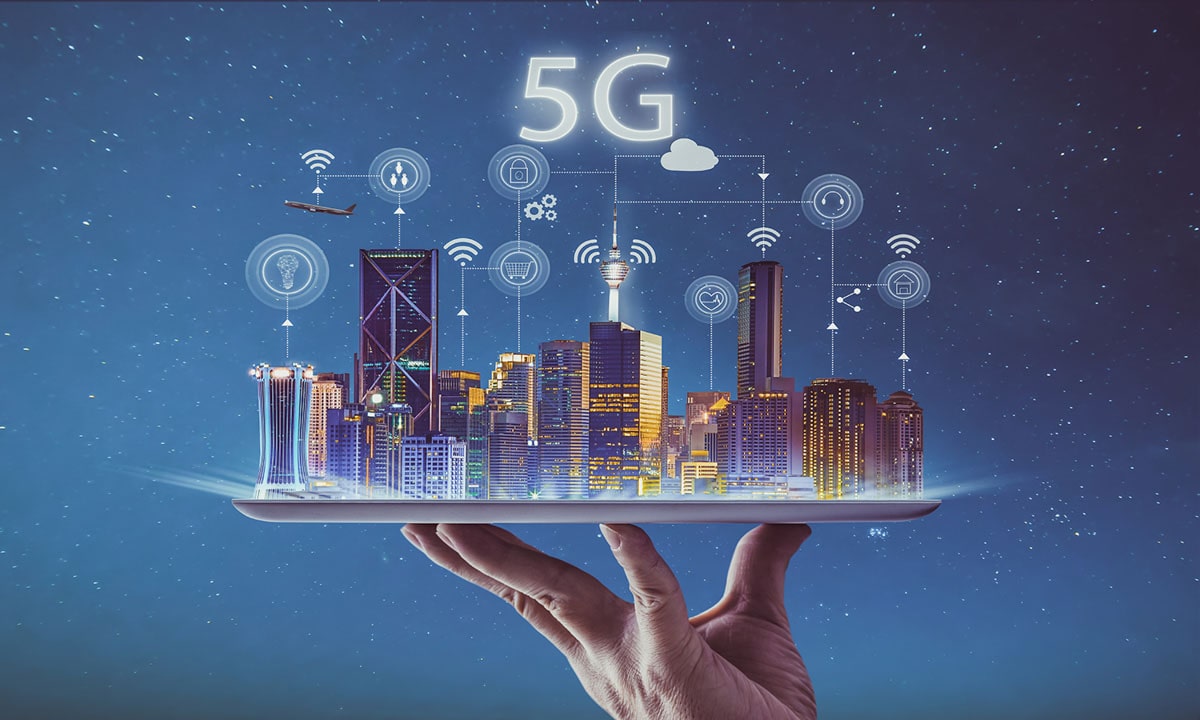5G technology is a relatively new phrase that has been circulating throughout the tech industry. The first phases of 5G are starting to roll out, which presents new opportunities for technological advancements. For the field service industry, in particular, 5G provides service organizations with higher speeds, more comprehensive coverage, and options to use new automation.
Before we dive in, what is 5G technology, and what benefits can it provide?
5G technology is the 5th generation wireless technology that will offer improved efficiency for a more diverse set of devices. With improvements in throughput and capacity, connectivity, and latency, 5G offers enhanced capabilities that will overshadow 4G. Also, the new technology will introduce automation, augmented reality (AR), virtual reality technology (VRT), and a progressive shift in the Internet of things (IoT).
Throughout and capacity: These metrics refer to download and upload speed. While 4G has a maximum speed of 150Mbps (megabits per second), 5G is expected to be up to 100 times faster, with speeds reaching 1-10Gbps (gigabits per second).
Connectivity: With 5G, this will be a huge improvement for the Internet of things (IoT). IoT refers to the massive network of mechanical, digital, and physical objects that use an IP address for internet connectivity and the communication that occurs between them and other devices that use the Internet. Likewise, 5G will support up to 1 million low-power nodes per square kilometer, meaning more enhanced connections within the IoT.
Latency: Latency refers to the time it takes to receive a response to information sent. A lower latency number means better responsiveness, and with 4G, latency was around 150 ms on average. 5G network latency will decrease to 5 ms or less, which will allow for more instant responses to data inputs — a key feature in automation.
To summarize, for end-users, improvements in these three criteria will support:
- Faster download and upload speeds
- More enhanced connections between devices
- Low latency levels for better responsiveness
- Smoother streaming of online content
- Higher-quality voice and video calls
Above all, these will allow for new devices, more business models, and a fully connected digital ecosystem.
As for the field service industry, what benefits can 5G provide?
The most apparent benefit is better coverage. Field service technicians are riddled with spotty coverage and lost signals while out on the job. 5G spectrum coverage will allow for faster speeds and improved coverage everywhere. Coupled with improvements in latency, organizations will have the ability to support greater automation and responsiveness.
Second, 5G will allow field service organizations to track vehicles, plan routes, and manage logistics more efficiently. While today’s systems are relatively fixed, 5G will enable more dynamic inputs.
To prepare your business for 5G, here are some recommendations:
- Be sure to develop a migration strategy to help bridge the gap between 5G and current technologies
- Be sure to outline relevant performance requirements for latency, throughput, and connectivity
- Connect with your communication service provider (CSP) to create a 5G rollout plan with expected costs



